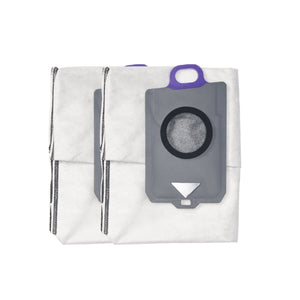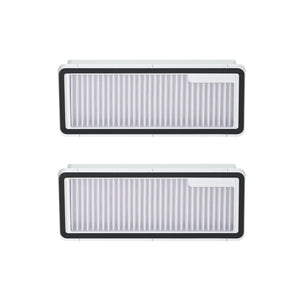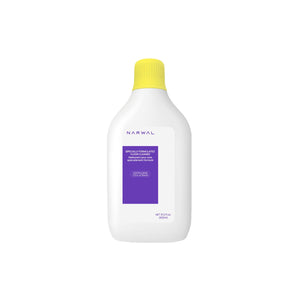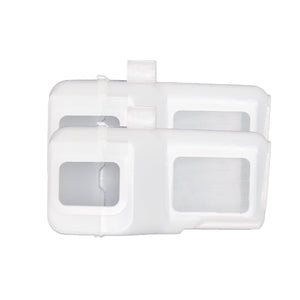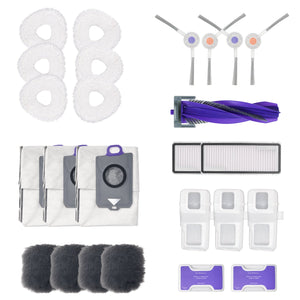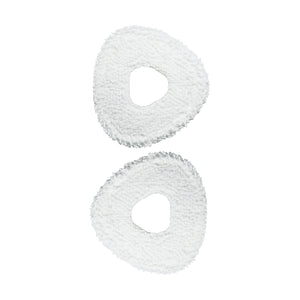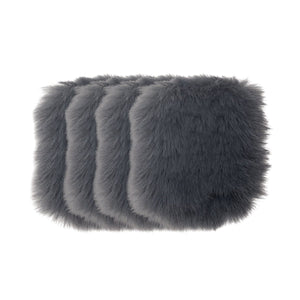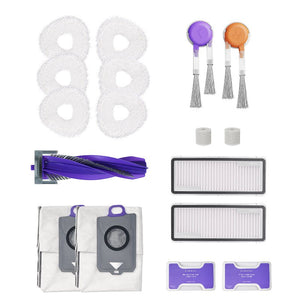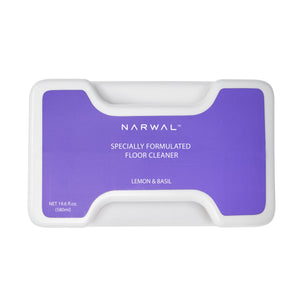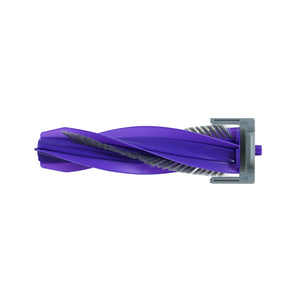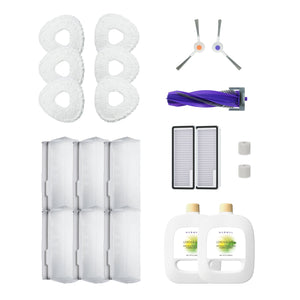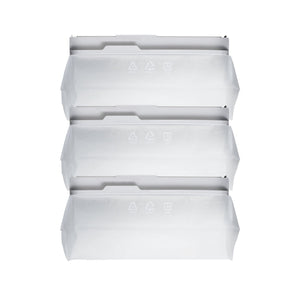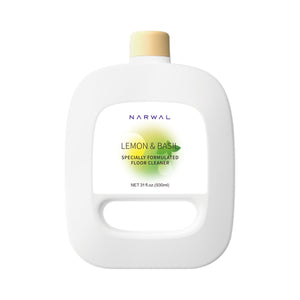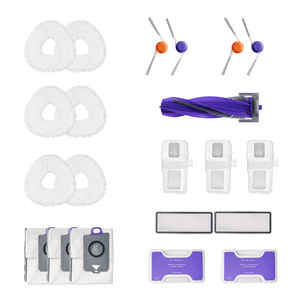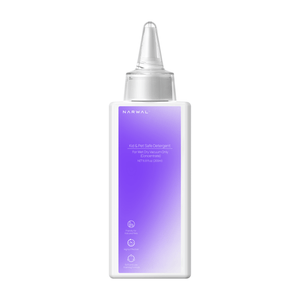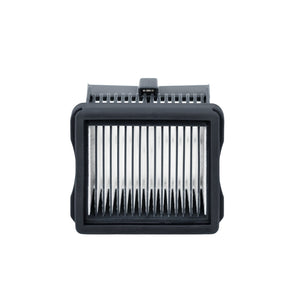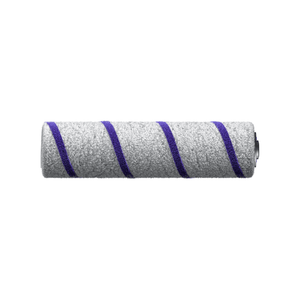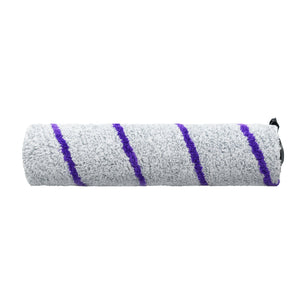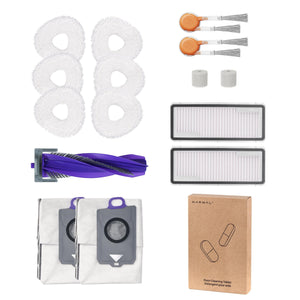Having trouble with weak suction or vacuum hose leaks?
This 2025 guide will walk you through everything you need to know about choosing, installing, and maintaining the right vacuum duct hose for your robot vacuum or central vacuum system.
Whether you're setting up a home robot dock or managing a full central system in a large space, understanding how the vacuum duct hose works—and what type you need—can help prevent common issues like clogs, suction loss, or poor airflow.
By the end, you’ll know how to select the best vacuum duct hose for your setup, avoid costly mistakes, and keep your cleaning system running at peak performance.
What Is a Vacuum Duct Hose (and Why Your Robot Vacuum Needs One)
A vacuum duct hose is a key part of some robot vacuum systems, especially when connected to docking stations or central vacuum systems. It helps direct airflow and carry debris from the vacuum to the collection unit. As a critical component of both robot vacuums and central vacuum systems, the vacuum duct hose ensures uninterrupted airflow between system modules. Although most robot vacuums do not use long hoses like traditional models, understanding how hoses in central systems work is important for ensuring smooth operation.
For larger spaces or homes with central vacuum systems, the vacuum hose allows the robot vacuum to efficiently transfer debris. If the hose is not functioning correctly, it can lead to poor suction and blockages. This can affect your robot's performance and even cause it to stop cleaning properly.
The right vacuum duct hose ensures your robot vacuum works at its best. A high-quality vacuum duct hose maintains strong suction power and consistent airflow, preventing cleaning performance drops. If the hose is damaged or the wrong size, it can cause problems like reduced cleaning performance or clogging. Even though robot vacuums don’t rely on long hoses, ensuring that connected components, like docking stations or central systems, are in good condition will help keep everything running smoothly.
Choosing the right hose and maintaining it is key to extending your robot vacuum's life. When everything is working well, your robot vacuum will clean efficiently and effectively, providing you with great results.
How to Choose the Right Vacuum Duct Hose for Robot or Central Systems
When selecting the right vacuum duct hose for your robot vacuum, you need to consider a few key factors. We’ll go over the type of hose, size of the hose, material, and compatibility with your system. These factors are crucial to making sure your robot vacuum runs smoothly.

Hose Type (flexible, industrial-grade)
Start by considering the type of hose you need. For most robot vacuums, a flexible hose made of durable materials like rubber or PVC is a good choice. These materials provide the necessary strength and flexibility to keep the system working properly. Rubber hoses are great for home use, as they are both durable and flexible. If you have a larger system or tougher cleaning tasks, a more industrial-grade hose might be required.
Size & Diameter of Dust Hose
Next, think about the size of the hose. The diameter of the hose affects how much debris and air can pass through. A hose that’s too small could reduce suction, while one that’s too large might not fit your system. For robot vacuums with docking stations or central vacuum setups, a hose with a diameter of 1.5 to 2 inches is typically the best fit.
Hose Material (PVC, rubber, reinforced)
The material of the hose also matters. PVC hoses are strong and resistant to wear, while rubber hoses are more flexible and handle constant movement well. Choosing the right material depends on your robot vacuum's needs. For everyday home use, a flexible rubber hose should work well. If your system is handling heavier debris or is used in harsher environments, a reinforced hose might be the best option.
Compatibility With Docking Stations & Central Vacuum Units
Finally, make sure the hose is compatible with your system. Not all hoses will fit all vacuums. Ensure the hose you choose is designed to connect with your robot vacuum’s docking station or central vacuum system. This ensures there are no leaks or airflow issues that could affect performance.
By considering the type, size, material, and compatibility of the hose, you can ensure your robot vacuum operates at peak performance and delivers the best cleaning results.
Vacuum Duct Hose Comparison: Choose the Right Type for Your Robot or Central System
Not sure which vacuum duct hose is best for your setup? Use the table below to compare the most common hose types—PVC, rubber, and reinforced—based on performance, flexibility, cost, and typical use cases.
|
Hose Type |
Best For |
Flexibility |
Durability |
Debris Type |
Cost |
Notes |
|
PVC |
Home use, wall-mounted setups |
Medium |
High |
Fine dust |
$ |
Most common, easy to install and replace |
|
Rubber |
Robot docks, tight spaces |
High |
Medium |
General debris |
$$ |
Flexible and quiet, ideal for mobile systems |
|
Reinforced |
Central vacuums, harsh environments |
Low |
Very High |
Heavy/sharp debris |
$$$ |
Extra durable, best for industrial-grade use |
Choosing the right hose type can make or break your vacuum system’s performance. If you need flexibility and ease of routing near a docking station, go with rubber. If you're dealing with heavier materials in a central setup, reinforced hoses offer the strength you need.
How to Install a Vacuum Duct Hose Step by Step (Beginner Friendly)
Installing the vacuum duct hose for your robot vacuum and mop is an easy but crucial process to ensure optimal performance. In this guide, we’ll walk you through the steps: gathering tools, planning the layout, connecting the hose to your system, checking for leaks, testing the system, and finally securing and storing the hose. Following these steps will make sure everything works smoothly and your robot vacuum performs at its best.

Step 1: Gather the Necessary Tools and Materials
Before starting, make sure you have the right tools and materials. You will need the vacuum duct hose, connectors, clamps, and any adapters required for your specific system. A tape measure, scissors, or a utility knife will help you cut and adjust the hose to the correct size. A screwdriver will also be useful to secure any fittings.
Step 2: Plan the Installation Layout
Start by measuring the space where the hose will be installed. Make sure the hose is long enough to reach from the docking station or central vacuum system to the desired collection point. It shouldn’t be too long or too short. Avoid stretching the hose too tightly, as this will affect airflow and suction.
Step 3: Install the Ducting System (if applicable)
If you’re using a central vacuum system, install the ducting first. This involves connecting the ducts from the central vacuum unit to various rooms or areas. Ensure that the ducts are securely fastened and that there are no sharp bends that could block airflow.
Step 4: Attach the Vacuum Duct Hose to Connectors
Next, connect the vacuum duct hose to the docking station or central vacuum system. If you have a robot vacuum with a docking station, connect the hose to the vacuum inlet or hose port. If you're using a central vacuum system, connect the hose to the appropriate vacuum ports. Make sure the connections are secure and leak-free using hose clamps or adapters.
Step 5: Ensure Leak-Free Connections
It’s essential to make sure there are no air leaks at the connections. Leaks can reduce suction power and efficiency. Check each connection carefully and tighten any fittings as needed. If necessary, use hose clamps or silicone sealant to seal gaps. Run the system briefly to confirm everything is properly sealed and working well.
Step 6: Test the System
Once everything is connected, turn on your robot vacuum or mop and check for strong suction and smooth airflow. Make sure the system is running efficiently. If you notice weak suction or unusual sounds, it could indicate an issue with the hose or connections.
Step 7: Secure and Store the Hose
Finally, secure the hose in place to prevent it from moving or getting damaged. Use clips or mounts to keep it in position. If you need to store the hose, roll it up carefully without causing any kinks, as this can damage the hose and affect airflow.
Vacuum Duct Hose Maintenance: How to Prevent Leaks & Fix Suction Problems
Maintaining your vacuum duct hose is key to keeping your Narwal robot vacuum and mop running smoothly, ensuring long-term suction performance and system reliability. If your hose is clogged, damaged, or worn out, it can affect the performance of your system. This section will guide you through regular maintenance, troubleshooting common issues like clogs, leaks, and collapsed hoses, and how to extend the lifespan of your hose. We'll also explain when it's time to replace the hose and why you should always consult with an official Narwal technician for any repairs.

Regular Maintenance to Keep Your Vacuum Duct Hose in Top Condition
Regular maintenance is essential to keep your vacuum duct hose in good condition. Inspect the hose frequently for visible damage, such as cracks, holes, or wear, especially where it bends or connects to the system. Clean the hose periodically to prevent debris buildup that can block airflow and reduce suction. If you notice significant damage or persistent issues, contact an official Narwal service technician. Attempting repairs on your own may cause more harm and affect the vacuum’s functionality.
If you want to know more about vacuum maintenance, click here.
Common Issues and How to Fix Them
Even with proper maintenance, you may face common issues such as clogs, leaks, and collapsed hoses. Here's how to handle them:
Clogs: If you notice weak suction or reduced airflow, check the hose for blockages. Gently clear debris using a brush or a long object. If clogs persist, contact Narwal’s authorized technicians for assistance.
Leaks: Leaks can reduce suction and impact cleaning performance. Inspect connections and tighten them as needed. If the hose is damaged, consult with Narwal's official repair service to replace it properly.
Collapsed Hoses: A collapsed hose typically happens when it is stretched too tightly or exposed to too much pressure. To prevent this, avoid stretching the hose and ensure it’s properly secured. If it collapses, contact a Narwal technician for evaluation and repair.
Click here to learn more about how to deal with common vacuum issues.
Tips to Extend the Life of Your Vacuum Duct Hose
To maximize the life of your vacuum duct hose, take simple precautions. Avoid excessive bending or twisting, which can cause the hose to weaken or crack. Store the hose properly by either hanging it or rolling it up carefully. Avoid kinking the hose, as this can block airflow and damage the hose over time. Proper storage in a cool, dry area will also help prevent degradation.
Signs Your Vacuum Duct Hose Is Clogged or Damaged (And What to Do)
If your Narwal robot vacuum is losing suction or if airflow is weak, the hose may be clogged or damaged. Inspect the hose for visible signs of blockages or cracks. You can test airflow by blocking one end of the hose to see if air moves freely through the other. If you find any damage or persistent blockages, do not attempt to fix them yourself. Always consult with an official Narwal technician to avoid further damage.
When Should You Replace Your Vacuum Duct Hose?
You should replace your vacuum hose if you notice a significant drop in suction, persistent clogs, or visible damage that can’t be repaired. Regular use and wear will eventually lead to the need for a replacement. If any of these issues arise, it’s time to reach out to an official Narwal technician for a professional replacement. Never try to replace the hose yourself, as improper installation can cause further damage.
What’s the Difference Between a Vacuum Duct Hose and a Regular Vacuum Hose?
A vacuum duct hose is typically used in robot or central vacuum systems for transferring debris through fixed ducts or external ports. Regular vacuum hoses are more flexible, shorter, and are handheld or directly attached to the vacuum unit. Duct hoses prioritize airflow consistency and compatibility with built-in infrastructure.
Can a Vacuum Duct Hose Improve Suction in My Robot Vacuum System?
Yes. A properly sized and sealed vacuum duct hose reduces airflow leakage and allows stronger, uninterrupted suction. This is especially true in central or docking-based systems where long or poorly-fitted hoses can cause weak suction.
How Do I Know If My Vacuum Duct Hose Is the Wrong Size?
If the hose is too narrow, it may restrict airflow and cause weak suction. If it’s too wide or loose, it can cause leaks. Watch for poor cleaning performance, increased noise, or dust leaking from hose ends. Measuring both the port and hose diameter ensures a proper fit.
Can I Use Any Hose Material for a Vacuum Duct System?
Not all hoses are suitable. Use rubber for flexibility and tight spaces, PVC for wear resistance, and reinforced materials for industrial or high-debris environments. Choose the material based on usage frequency and type of debris.
Conclusion
In this guide, we’ve covered everything about maintaining and troubleshooting your vacuum duct hose. We’ve shown you how to choose the right hose, install it properly, and maintain it for long-lasting performance.
Regular checks for clogs, leaks, and damage will keep your vacuum system running smoothly. If you notice weak suction or airflow issues, it’s important to address them quickly.
If you’re using a Narwal robot vacuum or mop, always contact an official service technician for any repairs. Never attempt to fix the hose yourself, as doing so may cause more damage and affect the performance of your vacuum.
By following the tips in this guide and getting professional help when needed, your vacuum system will continue to perform efficiently, giving you reliable cleaning for years to come.





















